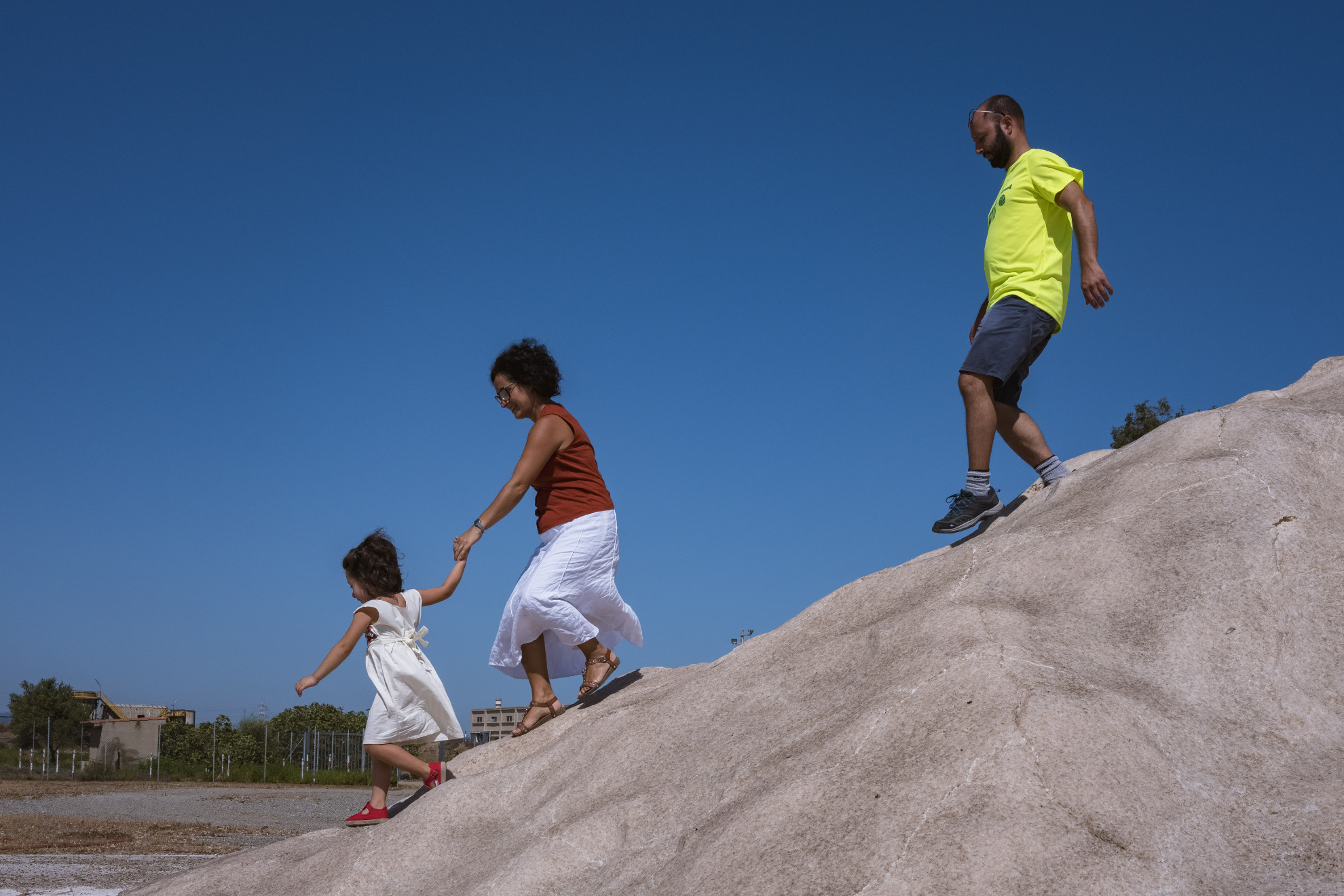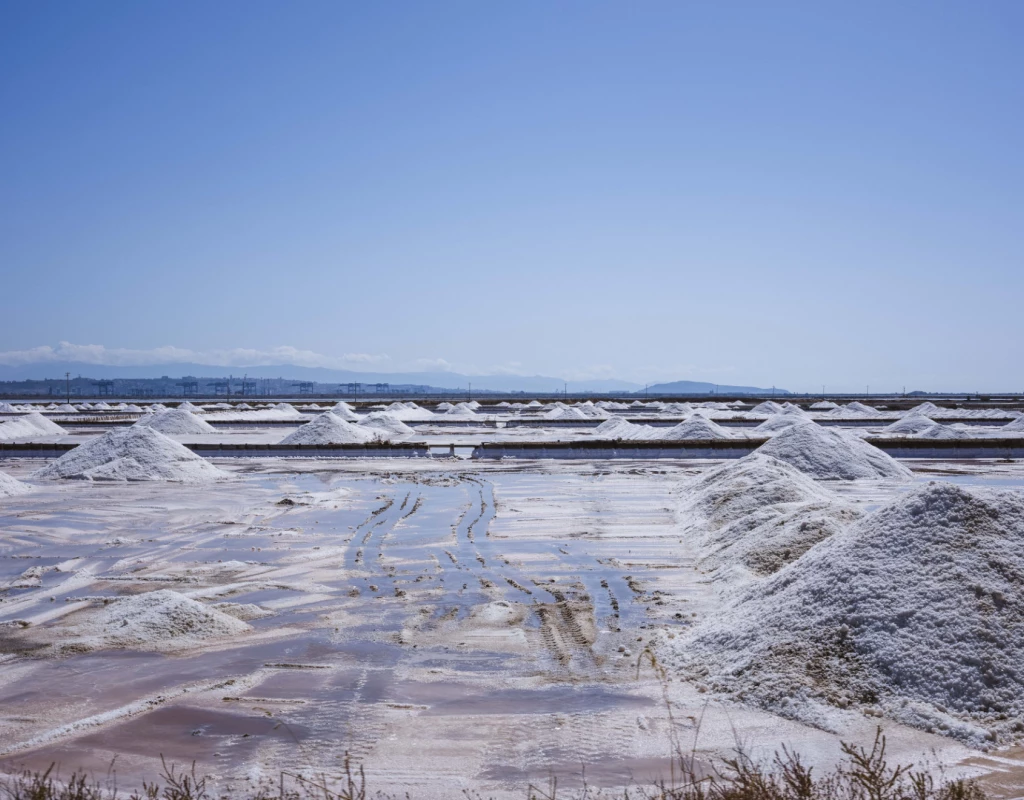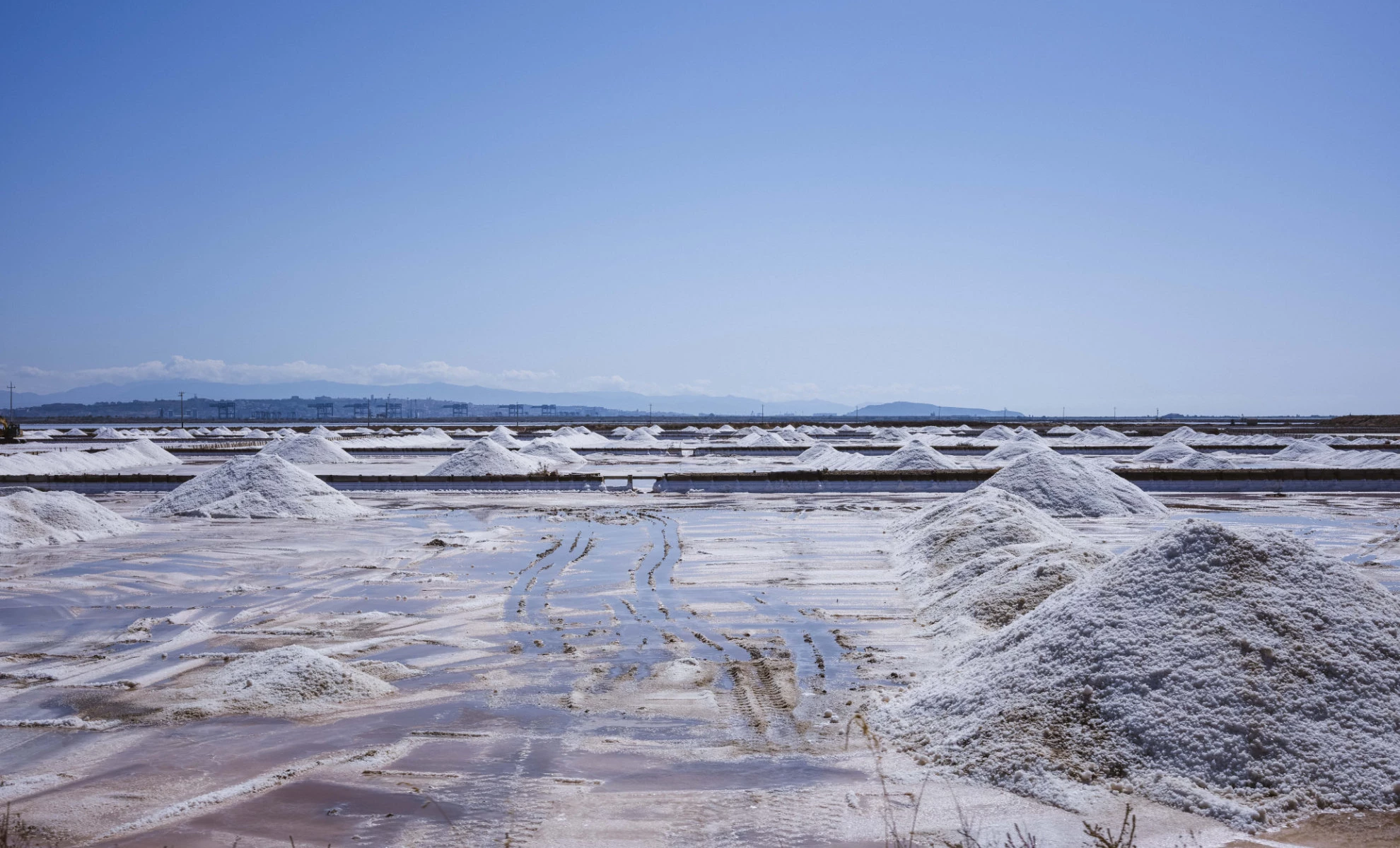It may noy look like that, but those white mountains sparkling under the sun have always been the gold of Sardinia. Salt was wealth since before the barbarian invasions.
Started by the Phoenicians and continued by the Romans, the thousand-year history of Sardinian salt pans passed through the difficulties of the centuries from the 5th to the 10th, when production was linked only to local needs. Salt again became an important commercial activity at the beginning of the 11th century, with strict state control (through the judges) but always an object of trade.
Ph. Valentina Sinis

The prospects of good earnings were tempting to everyone: from the monks of San Vittore of Marseille, monopolists until the end of the 12th century, to Pisan and Genoese traders, up to the conquerors of the island, from time to time Aragonese, Spaniards, Savoy. For those who had the misfortune of being born in the villages close to the salt pans, the compulsory free service was like a conviction, which was abolished only in 1836, with the end of feudalism.
Ph. Valentina Sinis

But as the memory of servitude disappeared, the charm of an archaic production remains intact. And this is even more true for the “Conti Vecchi” salt pans of Cagliari, which date back to the Romans and which extend next to the Molentargius basin, a naturalistic oasis of 500 hectares between the municipalities of Cagliari and Quartu Sant'Elena, with unique fauna, protected by international conventions.
Even the writer Elio Vittorini defined the Sardinian capital through this wealth, describing the city as «worn-out by ponds and salt pans, which seem empty spaces, pure spaces». And the very name of the body of water refers to the salt age: basin Is Molentargius literally means pond “of the donkey bosses”, that is the farmers who provided the animal transport for the locally produced salt.
Ph. Valentina Sinis

Surviving after the reclamation that saved the Sardinians from malaria by wiping out other wetlands of the island, today Molentargius is a heaven for naturalists, hosting over 180 species of birds, starting from the celebrated pink flamingos, to get to common stilts, herons, western salthens and other rare or even endangered species.
Ph. Valentina Sinis

A special advice: those who are not satisfied with common visions can try to wait, if they are lucky, for the vision of the flight of flamingos at a late hour of the night, when the city sleeps and you can hear the rustle of the wings. The inverted V of the flock flying, illuminated by the city lights against the petroleum blue background of the Cagliari sky, is an unforgettable sight.

